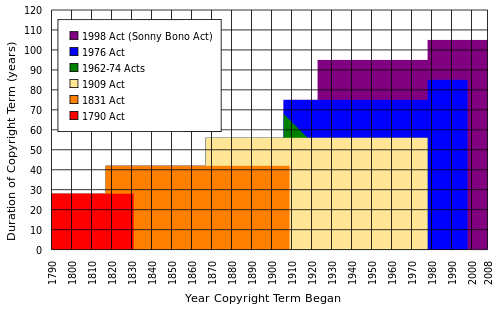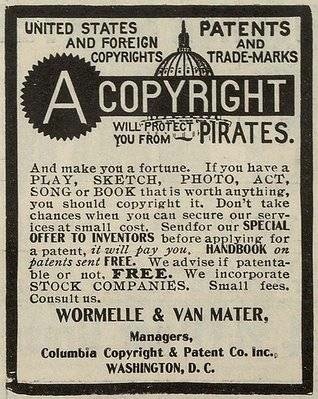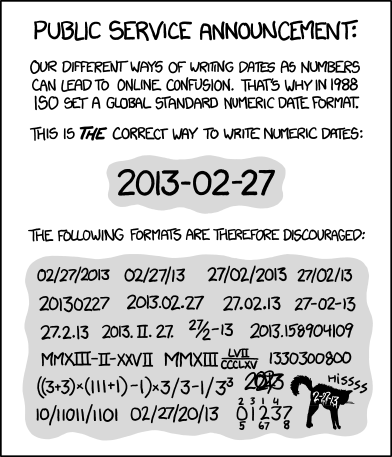Link:
https://dannyman.toldme.com/2013/02/15/presidential-decree-5-traffic-light-equality/
“We hold these truths to be self-evident, that all people are created equal, that they are endowed by the Creator with certain inalienable rights: among these are life, liberty, and an equal right to cross a road intersection.”
If the pedestrians must push a button to cross the street, then the motorists have to push a button too.
If the bicyclists have to walk over the sidewalk to press a button to get a light to cross the street, then motorists have to get up out of their cars to press the button to cross the street.
If there are expensive sensors embedded in the road to detect a car to give them a light, then there are less expensive sensors to detect the presence of pedestrians and bicyclists who may also wish to cross the street.
If that is too difficult, then knock it off with the sensors and just program the light to give everyone a chance to traverse the intersection safely.
Also, it is decreed that if you want sensor-activated lights, then ye shall fund research to use weatherized video cameras to watch traffic of all modes approaching the intersection, in an effort to cycle the lights appropriately before the pedestrian/bicycle/automobile gets to the red light.
See Also: Copenhagenize.com: Motorists Dismount
Feedback Welcome
Link:
https://dannyman.toldme.com/2013/02/19/saq-is-a-dsl-modem-actually-a-modem/
This question came to mind the other day. “DSL modem” sounds dumb, because as any geek over the age of 30 knows, a “modem” is a device with MODulates and DEmodulates a digital signal over an analog network. Thus a “Digital Subscriber Line” has no need for modulating and demodulating.
Except, DSL is actually an overlay on the analog telephone network. So, wait . . . what?
Wikipedia wastes its time on a pointless distinction:
“The term DSL modem is technically used to describe a modem which connects to a single computer, through a USB port or is installed in a computer PCI slot. The more common DSL router which combines the function of a DSL modem and a home router, is a standalone device which can be connected to multiple computers …”
Yeah, really helpful. But as geeks know, you need to check the Wikipedia talk page:
The usage “DSL Modem” is not erroneous. A DSL modem does indeed perform modulation and demodulation. It uses either Quadrature Amplitude Modulation (QAM) or Phase Shift Keying (PSK) modulation. Multiple modulated subcarriers are then combined into an OFDM stream. The distinction between this type of modem and a traditional one is that the traditional one modulates audio frequency signals whereas the DSL modem is upconverted to an RF band. But they both perform modulation and demodulation. The digital signals are not sent as baseband digital signals.
I do not know what all those words mean, but I read that as “a DSL modem is still a modem. It modulates and demodulates a digital signal into the RF band of a telephone line.”
I made my own contribution to Wikipedia’s Talk page:
The distinction between whether your “DSL modem” connects via USB, ethernet, wireless, or provides NAT, sounds like a spurious distinction to me. I interpret and interchange “DSL modem” and “DSL router” as “the network device that bridges your local computing resources to your network service provider.”
But if I have learned anything about nomenclature disputes on Wikipedia, it is that they are not worth the effort.
Feedback Welcome
Link:
https://dannyman.toldme.com/2013/02/19/presidential-decree-6-intellectual-commons-restoration/
In an age where innovation and creative thinking move ever faster, it is sick and demented that we have extended copyright periods to over a century. It is shame for the current generation and those of the twentieth century that the intellectual commons ended in 1923.

The gradual seizure of the intellectual commons. CC: Wikipedia
The United States hereby withdraws from International Copyright Treaties, especially the Berne Convention. The substance and spirit of the Copyright Law of 1790 shall be restored. All intellectual property rights must be recorded by the government. Software copyright protection requires a copy of source code for software to be stored in escrow with the government. Exclusive rights are conferred to the author for 14 years, plus an option to extend rights for 14 years if the author is alive at that time.

A Copyright Will Protect You From Pirates! CC: Wikipedia
All other works are Public Domain. Upon expiration of software copyright protections, the government will publish the source code.
Feedback Welcome
Link:
https://dannyman.toldme.com/2013/02/25/yahoo-mandates-19th-century-commuting/
I have been excited to see what might come of Yahoo! with Marissa Meyers at the helm. I am really glad to see that, after years of stagnation, Flickr has been improving. Free food and smartphones for employees? Sounds swell. But the buzz now is that there shall be no more remote work. The only way to be productive is to come to the office and feel the buzz and bounce ideas off coworkers.
I am happy to point out that, while we don’t get free smartphones or free food, my employer does issue remote employees with a hardware VPN device that provides corporate wifi, and a videophone. And we are hiring.
In my experience as a non-management technical professional, there is some virtue both to working from home, and to working at the office. The office presents great opportunities for collaboration: working through ideas and solving problems. Working from home, for some people, provides an excellent space to focus on getting some work done without interruption. You can get more hours of productive work when your commute is shortened to a walk across the dining room, and when there’s no pressure to quit at a certain time to appease the demands of the train schedule or traffic.
For some people, there’s no place like the office . . . some people can do better work from home, some people do not. Managers and executives, the bulk of whose work is meeting with others to make collaborative decisions . . . it seems that they may take several meetings from home and when they get to the office they feel uncomfortable that the busy hum of productive creative energy isn’t located there. I believe that managers who can structure the working and communication practices of their teams to effectively collaborate and track work progress without requiring a physical presence have an advantage over those who can not.
I live near the office and frequently collaborate with my manager, so most days I make the trip in. Sometimes when I need to focus on a project, or work with a remote time zone, I’ll commute to the home office. I have been with Cisco for over five years, now. I spent one of those years in New York, and my tenure here would have been much shorter without the flexibility to telecommute.
David Fullerton makes a good case for effective remote work.
1 Comment
Link:
https://dannyman.toldme.com/2013/02/27/2013-02-27-indeed/
Okay, I just have to say, Amen, XKCD and ISO!

If you are naming files on a computer, please use this format. The beauty is that if you list files in “alphabetical order” then these dates get listed in chronological order, because as far as a computer is concerned, the “0” comes before “1” and so forth. (And a year is more significant than a month is more significant than a day of the month . . .)
It is important to have that leading zero! Why? Because we have more than 10 months! Allow me to demonstrate:
0-11:32 djh@noneedto ~$ (echo "2013-02-27" && echo "2013-12-27") | sort
2013-02-27
2013-12-27
0-11:32 djh@noneedto ~$ (echo "2013-2-27" && echo "2013-12-27") | sort
2013-12-27
2013-2-27
If you are interacting with strftime() then what you want to remember is %F!
0-11:38 djh@noneedto ~$ date +%Y-%m-%d
2013-02-27
0-11:38 djh@noneedto ~$ date +%F
2013-02-27
0-11:38 djh@noneedto ~$ date +%Y%m%d%H%M # I sometimes use this for file timestamps but dont tell Randall Monroe
201302271138
For my photographs, I have a directory hierarchy of %Y/%m-%B:
0-11:43 djh@noneedto Photographs$ find . -type d | sort | tail
./2012/08-August/Costa_Rica/Santa_Teresa
./2012/08-August/Costa_Rica/Ziplines
./2012/09-September
./2012/09-September/Sonogram
./2012/10-October
./2012/11-November
./2012/12-December
./2013
./2013/01-January
./2013/02-February
This gives me the human convenience of seeing the month name on my folders, but the computer sorts those folders in chronological order.
Feedback Welcome




